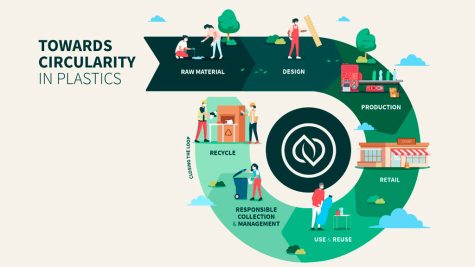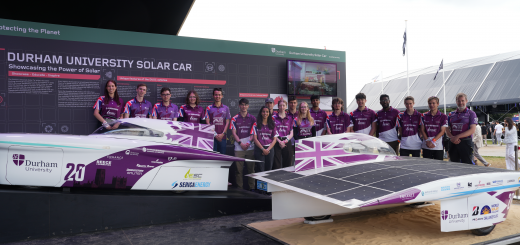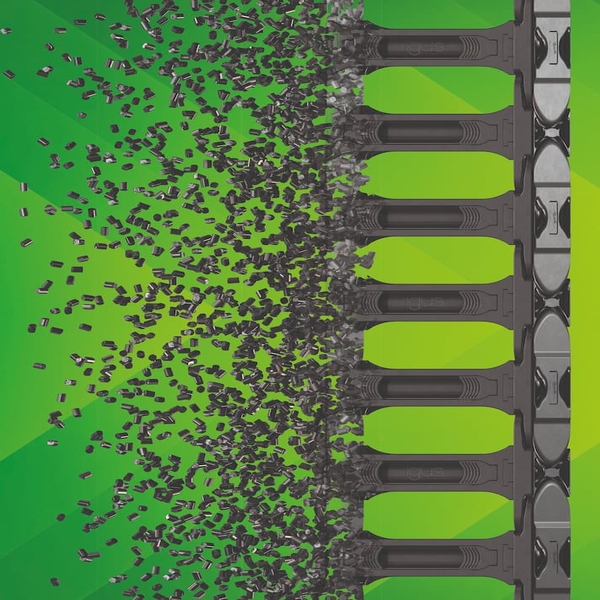What is design for sustainability?

Design for sustainability is a by-product of the ‘Design for Excellence’ philosophy, otherwise known as DFX. This focuses on improving product design or manufacturing processes and there are many ‘Design for’ subcategories that contribute to the improvement of their respective focus areas. Other focus areas include DFM (Design for Manufacturing), DFA (Design for Assembly) and DFR (Design for Reliability).
So what is design for sustainability?
Design for sustainability comes under the DFX concept but as the name suggests, it focuses on developing sustainable products that protect the environment and appeal to eco-conscious customers. With sustainability at its core, the aim is to use fewer resources and create eco-friendly alternatives that can preserve the environment and wildlife essential to living in a healthier, happier world.
In the world of manufacturing and product design, the need for sustainable solutions is becoming increasingly important to customers who want to make a difference and be seen to be a part of positive change.
The key principles of design for sustainability
- Lifecycle Thinking: Consider the environmental impacts of a product at every stage of its lifecycle. Designers will assess the energy and resources used, emissions produced, and waste generated from the initial concept to disposal or recycling.
- Resource Efficiency: The efficient use of resources. This can be achieved through strategies such as reducing material usage, selecting sustainable materials, and designing for energy efficiency.
- Eco-Design: This involves designing products with minimal environmental impact. Eco-design strategies include using non-toxic materials, reducing energy consumption, and designing to facilitate recycling.
- Corporate Social Responsibility (CSR): It’s important to consider the social impacts of a design. This includes ensuring fair labour practices, promoting health and safety, and enhancing the quality of life for communities affected by production and use of a product.
There is so much to consider when designing with sustainability in mind, so it is easy to see why companies and individuals want to avoid this shift in practices. But the design stage is arguably the most influential in determining how a product will affect the environment and working out any flaws before the concept is executed is key.
The mindset that the end-user is solely responsible for deciding to purchase products that can negatively impact the environment isn’t productive, but to share the responsibility between producer and consumer encourages the shift towards a circular economy.

What is the circular economy?
igus® have created the chainge recycling platform which recycles end of life energy chains returned to our site in Northampton. We then send a voucher to the companies that have returned their energy chains to use against their next order. This unique, company-wide initiative has won many awards and is one of our many contributions to the circular economy.
How do we design for sustainability? PFAS & PTFE?
As a motion plastics manufacturer, we are aware of the harm plastic can do to the environment when used irresponsibly. However, plastic has many beneficial qualities and igus® are dedicated to providing long lasting solutions. not single-use products. The product range is made up of self-lubricating components that eliminate the need for oil and grease while reducing downtime for maintenance and providing a cost-effective option.
There are discussions of a potential ban on fluoropolymers, or PFAS, a group of versatile polymers that can be found in many industrial applications. To adhere to this, igus® has increased research and development into non-PFAS solutions to find alternative materials to use, making sure customers still have a full range of products to choose from that comply with the changing rules. More information on this can be found here.
Discover our other products and sustainable practices.



